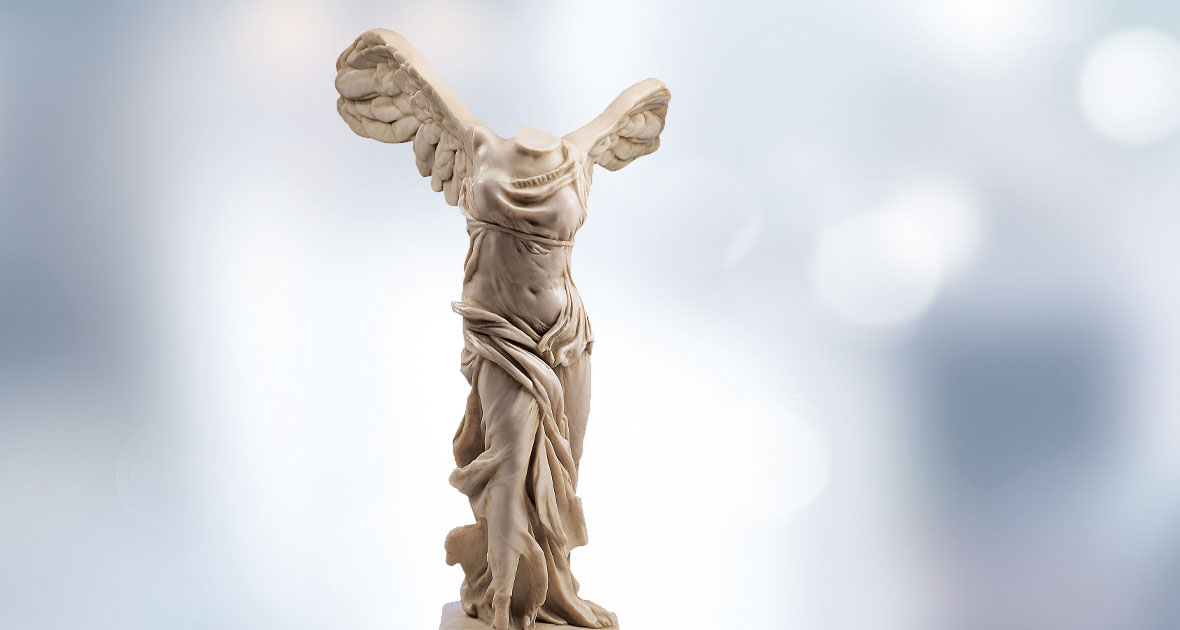
Crisis-Proof - Greek Sculpture
In a much-quoted bon mot, Alfred North Whitehead once described the history of European philosophy as "a series of footnotes to Plato". The same could be said about the history of European art: Plato's contemporaries left such a deep mark that, over the centuries, the Greek sculptures of Phidias, Praxiteles or Lysipp, for example, were regarded as unattainable models to be emulated. The anatomical precision of the torso of a forest god, the perfectly carved stone drapery of Nike of Samothrace, and the "narrative" depiction of the dispute between Athena and Poseidon on the west pediment of the Parthenon are extremely impressive even as replicas.
Countless generations have taken works of art like these as their model. This applies to the great masters of the Renaissance as well as to the sculptors of the 18th and 19th centuries (for example, Johann Gottfried Schadow, his double portrait of Friederike and Luise von Mecklenburg-Strelitz, later Queen of Prussia). Auguste Rodin considered the ancient Greeks to be his teachers. And his contemporaries still deal with them. And sometimes it is even the case that a work of art acquires its "Greekness" by quoting another work of art inspired by Greek antiquity.









